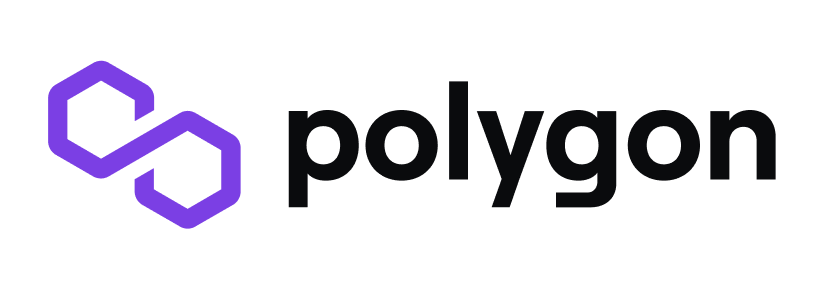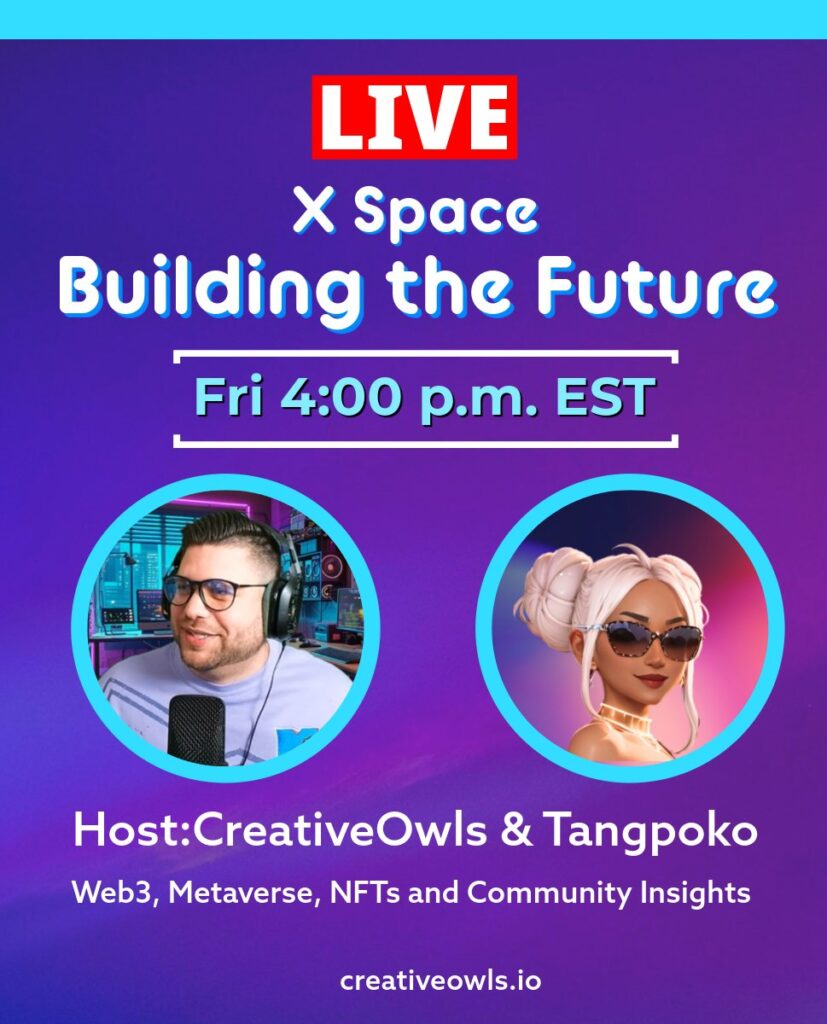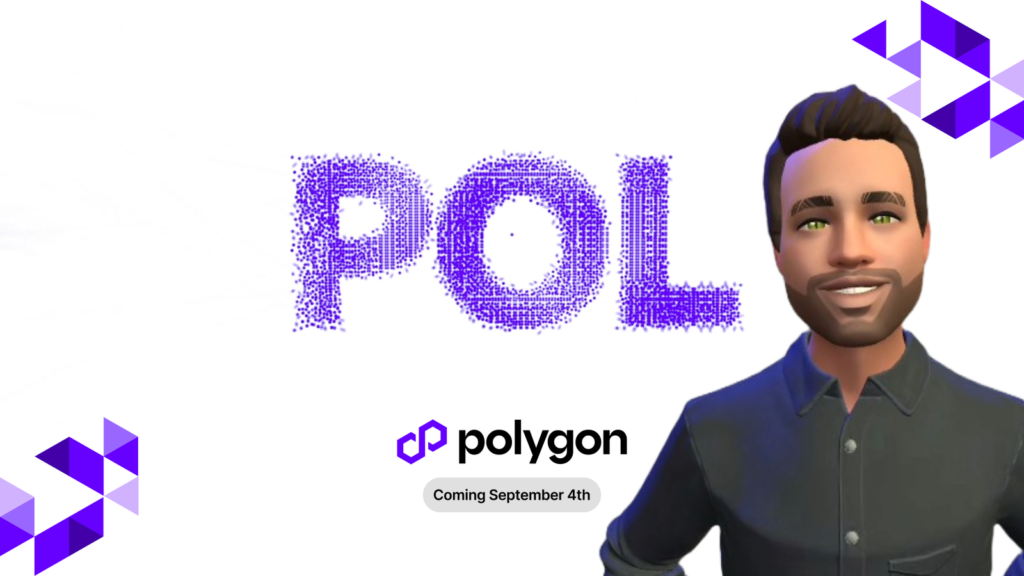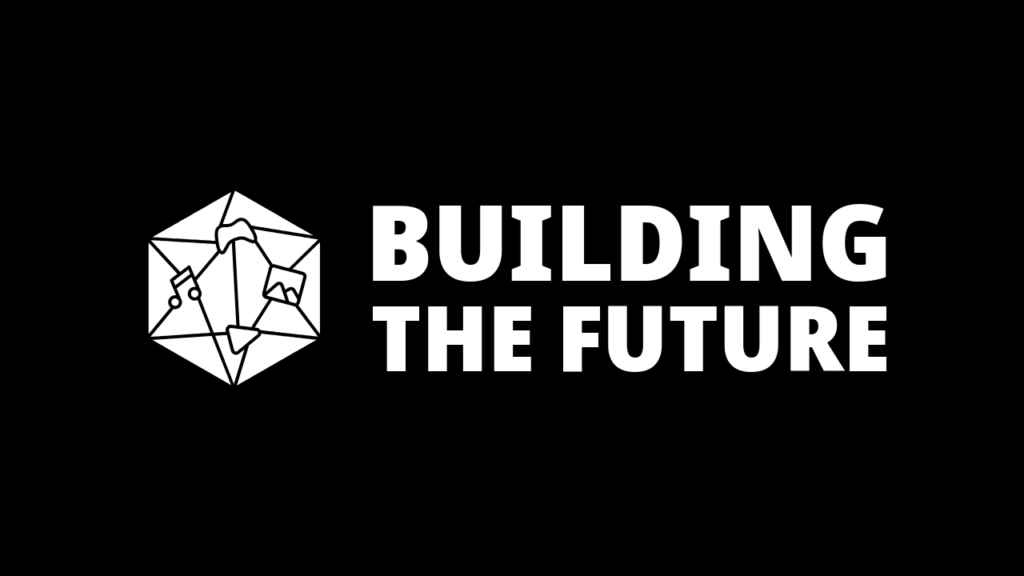
What is Polygon?
Polygon is the first well-structured, easy-to-use platform for Ethereum scaling and infrastructure development. Its core component is Polygon SDK, a modular, flexible framework that supports building and connecting two major types of solutions:
Secured chains (aka Layer 2 chains): Scaling solutions that rely on Ethereum for security instead of establishing their own validator pool. Polygon will support other major Layer 2 solutions such as Optimistic Rollups, zkRollups, Validium, etc, thus basically becoming a one-of-a-kind “Layer 2 aggregator”.
Secured chains are a good fit for (1) applications that require the highest level of security and (2) startups, i.e. young projects and communities (unable to establish a sufficiently decentralized and secure validator pool.
Polygon has acquired Hermez, a decentralized zero-knowledge rollup that greatly scales and reduces the cost of payments and transfers on the Ethereum network. Polygon Hermez inherits its security from Ethereum Layer 1.
Polygon Hermez’s mission is to create an inclusive, resilient, and highly efficient payment network for the next generation of digital currencies to ensure everyone has the freedom to transact. The Polygon Hermez team will focus on developing an advanced version of its zkRollup for payments, as well as delivering a zkEVM: a fully compatible zero-knowledge Ethereum Virtual Machine.
- Stand-alone chains (aka Sidechains): Sovereign Ethereum sidechains, normally are fully in charge of their own security, i.e. with their own validator pool. Stand-alone chains offer the highest level of independence and flexibility, with the tradeoff of a normally lower level of decentralization and security. These chains’ architecture can be adjusted so they at least partially inherit security from Ethereum. One good example of such architecture is the aforementioned Matic POS Chain which uses Ethereum for validator staking and periodical finality checkpoints.
Stand-alone chains are often a good fit for (1) enterprises, (2) projects that do not require the highest level of security, and (3) established projects with strong communities (capable of running a sufficiently decentralized and secure validator pool).
Additionally, Polygon SDK will support and offer a number of auxiliary solutions and products which will extend Polygon functionalities, improve the developer experience and introduce support for specific use cases. Examples of such solutions and products include:
Inter-chain messaging protocols and modules;
- Data availability services;
- Shared security services;
- Adaptors for external blockchain networks;
- App-specific modules;
- Enterprise modules and products;
- Premium products and solutions etc.
Polygon effectively transforms Ethereum into a full-fledged multi-chain system (aka Internet of Blockchains). This multi-chain system is akin to other ones such as Polkadot, Cosmos, Avalanche, etc, but with at least three major upsides:
It is able to fully benefit from Ethereum’s network effects. This is because it is built as an integral part of the Ethereum ecosystem, while the aforementioned projects are competing ecosystems built from scratch.
- It is inherently more secure. Polygon uses Ethereum, the most secure and battle-tested programmable blockchain in the world, as the economic hub and source of security. In contrast, the competing projects use recently launched and less expressive chains for this purpose.
- It is more open and powerful, primarily in terms of the architecture types it can support. This is because (1) Polygon is built on Ethereum, so it can trivially incorporate basically any scaling or infrastructure solution from the Ethereum ecosystem, and (2) we fully adopt Ethereum’s ethos of open innovation and we designed Polygon with it as one of the main design goals.
An important and little-known fact to note here is that Ethereum is already the biggest multi-chain system in the world. Its ecosystem organically developed and grew and it currently encompasses:
50+ EVM networks (source);
- Hundreds of enterprise chains;
- Dozens of Layer 2 implementations.
With Polygon, we are introducing structure to this organic ecosystem and providing a framework to grow it further and faster.
And What Happens To Matic?
Keeping everything above in mind, it is very important to stress that all the existing Matic solutions and implementations, primarily Matic PoS Chain will REMAIN FULLY FUNCTIONAL and will continue to be developed and grown as very important components of the Polygon ecosystem. These implementations will not be impacted or changed in any way, and NO ACTION IS REQUIRED from developers or end-users. With Polygon we are just expanding the suite of solutions we want to offer to the community, and all the existing solutions and implementations will continue to exist and operate as integral parts of this extended platform.
In this new paradigm, the $MATIC token will continue to exist and will play an increasingly important role, securing the system and enabling governance.
The founders and the Polygon team will all continue to work in an unchanged way under the new brand. However, we are aware that in order to build Polygon and achieve its powerful vision we will need an even stronger team. We are actively hiring across different verticals including Growth & Tech (feel free to reach out to us!) and we will be introducing several great additions to the team in the coming period, so stay tuned!
As already stated above, we consider Polygon an integral and important part of the Ethereum ecosystem, and we will always strive to work in the best interest of Ethereum and its amazing community and users. In regard to this, we are excited and humbled to announce that some of the most prominent Ethereum community members have already recognized the potential of Polygon, joined us as advisors, and will be helping us with our efforts:
- Hudson Jameson (Ethereum Foundation)
- Ryan Sean Adams (Bankless)
- Anthony Sassano (EthHub)
- John Lilic (ex ConsenSys) and others.
Resource www.polygon.technology






